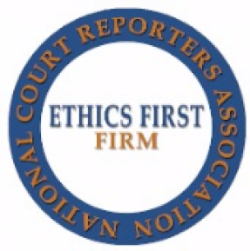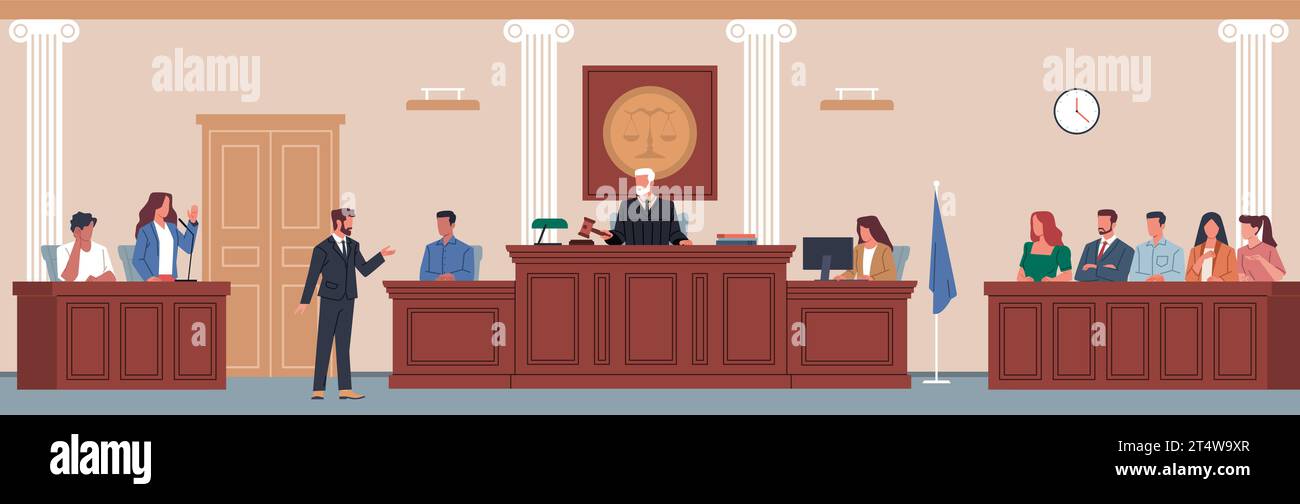Trial Presentation Comprehensive Services for Complex Court Cases
Trial Presentation Comprehensive Services for Complex Court Cases
Blog Article
Captivate the Jury: Necessary Elements of a Powerful Trial Presentation
In the world of legal campaigning for, the ability to captivate a jury is vital to the end result of a test (trial presentation). Crucial aspects such as comprehending the target market, crafting an engaging narrative, and grasping spoken and non-verbal interaction are vital parts of a reliable discussion. The critical use of aesthetic aids can considerably enhance comprehension and retention of essential disagreements. As these variables link, they create a cohesive strategy that not only educates yet additionally engages jurors on numerous degrees. What certain methods can really transform a conventional presentation into a memorable experience for the court?

Comprehending Your Audience
Understanding your target market is a critical facet of efficient test presentation. An effective presentation depends upon the ability to realize the demographics, values, and predispositions of jurors. This understanding notifies how disagreements are mounted, evidence is provided, and psychological appeals are crafted, ensuring that the message reverberates with the jurors on a personal level.
Study indicates that jurors come from varied backgrounds and may have differing degrees of understanding relating to lawful proceedings (trial presentation). Hence, it is critical to avoid legal jargon that might estrange or perplex them. Rather, employing clear, relatable language fosters interaction and understanding. In addition, recognizing the jurors' potential predispositions and life experiences allows the test presenter to prepare for arguments and address concerns proactively.
Efficient trial discussion also includes observing jurors' reactions during the procedures. Being attuned to non-verbal cues can give insight right into their involvement and understanding, enabling real-time changes in approach. Inevitably, a profound understanding of the audience not just enhances communication but additionally constructs connection, enhancing the likelihood of a positive result. Engaging with jurors as people instead of a collective device is crucial in fostering a strong link in the court.

Crafting an Engaging Narrative
Crafting a compelling story is vital in directing jurors through the intricacies of an instance. A well-structured story not only streamlines complex legal principles but likewise engages jurors on a psychological level, making the details a lot more relatable and memorable.
To attain this, lawyers must start by recognizing the core message they want to share. This message ought to reverberate with the jurors' values and experiences, fostering a link that transcends plain facts. The story should unravel logically, offering events in a clear series to avoid complication. This sequential method can aid jurors comply with the progression of events, stressing domino effect.
Including human elements-- such as individual stories or narratives-- can better enhance the narrative's effect. These aspects stimulate empathy, allowing jurors to visualize the repercussions of the instance on realities. In addition, utilizing a constant theme throughout the discussion reinforces the primary disagreement, making useful content it simpler for jurors to preserve crucial points.
Ultimately, a compelling narrative changes a test discussion from a simple recounting of realities into a persuasive story that mesmerizes the jury, motivating them to deliberate with both reason and emotion.
Utilizing Aesthetic Help
Incorporating visual help right into a test presentation can substantially improve jurors' understanding and retention of details. Visual products such as charts, diagrams, photos, and video clips can change complex lawful ideas and proof right into conveniently absorbable formats. By engaging numerous detects, these help allow jurors to imagine the case's key elements, making it easier for them to comply with along and grasp detailed information.
Moreover, properly designed aesthetic help can highlight crucial points and emphasize relationships between different pieces of proof. For circumstances, timelines can efficiently show the series of occasions, while annotated images can clarify specific details relevant to the situation. This not just aids in understanding yet also reinforces the narrative presented by the attorney.
Extremely intricate or chaotic visuals may overwhelm jurors and detract from the message. Ultimately, efficient aesthetic interaction can be an effective tool in encouraging jurors and assisting them reach notified final thoughts.
Understanding Verbal Communication
Efficient spoken interaction is critical in a test discussion, as it offers as the primary means with which attorneys share their disagreements and connect with jurors. Simpleness in language fosters understanding and aids jurors grasp complex issues provided during the test.
Moreover, tone and pacing considerably influence exactly how messages are received. A positive tone communicates authority, while appropriate pacing permits jurors to absorb information without really feeling overwhelmed. Lawyers should also vary their singing inflections to highlight bottom lines and keep jurors' interest throughout the discussion.
In addition, the company of verbal arguments is essential. Structuring the narrative rationally and coherently aids jurors adhere to the lawyer's line of thinking, making it easier for them to preserve critical details. Utilizing convincing strategies, such as storytelling, can also boost the emotional vibration of the disagreements provided, therefore creating a more profound link with jurors.
Eventually, mastering verbal interaction not only strengthens an attorney's case however also cultivates trust fund and rapport with the jury, dramatically improving the opportunities of a desirable judgment.

Involving With Body Language
Nonverbal communication plays a vital role in test discussions, frequently sharing messages that words alone can not express. Body movement, including motions, stance, face expressions, and eye contact, considerably influences just how jurors view the integrity and genuineness of the presenter. A positive stance, with shoulders back and an open posture, can infuse count on, while closed-off body movement may suggest defensiveness or unpredictability.

Faces must reflect the feelings connected with the situation, enhancing the story being provided. For circumstances, an honest expression throughout a poignant minute can evoke compassion and strengthen the sob look at here story. Ultimately, understanding body movement is essential for efficient test discussions, as it improves spoken interaction and develops a compelling existence that reverberates with the court.
Verdict
In final thought, astounding the jury requires a tactical method that incorporates understanding the target market, crafting an engaging narrative, using aesthetic aids, grasping spoken communication, and involving through body language. Each component plays a vital function in producing an effective test discussion that reverberates with jurors on both psychological and intellectual degrees (trial presentation). By integrating these elements successfully, lawful professionals can dramatically boost their capability to encourage and influence web link court decision-making
Report this page